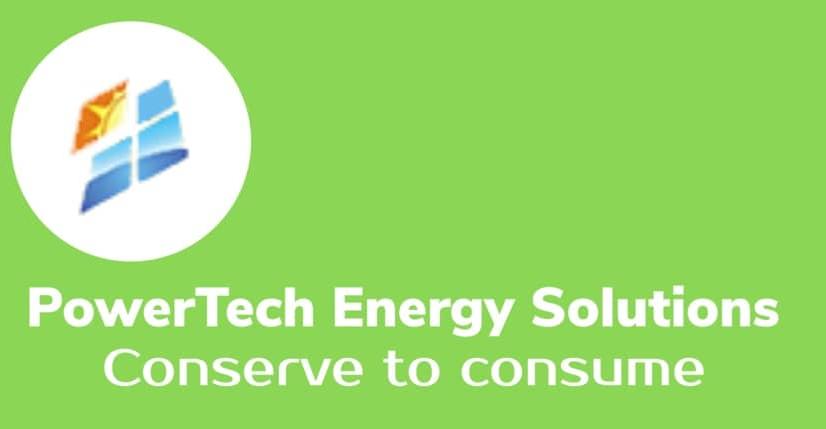Pumps are a critical component in many industrial and commercial systems, and they can account for a significant portion of a facility’s energy consumption. As such, it is important to consider energy efficiency when selecting and operating pumps. In this blog post, we will discuss some key factors to consider when it comes to energy efficiency in pumps and provide some tips for improving the energy efficiency of your pump system.
One of the most important factors to consider when it comes to energy efficiency in pumps is the pump’s size. Pumps that are too small for the job will have to work harder to move the required amount of fluid, which can result in higher energy consumption. On the other hand, pumps that are too large for the job will also be inefficient, as they will be moving more fluid than is necessary. It is important to select a pump that is appropriately sized for the task at hand to ensure energy efficiency.
Another important factor to consider is the pump’s efficiency curve. A pump’s efficiency curve shows how the pump’s efficiency changes with respect to the flow rate of the fluid being pumped. Pumps that operate at or near their optimal flow rate (where the efficiency curve is highest) will be more energy efficient than pumps that operate at lower flow rates. It is important to select a pump that has a good efficiency curve and to operate the pump at its optimal flow rate to maximize energy efficiency.
There are also a number of other factors that can affect the energy efficiency of a pump, including the type of pump, the design of the pump, the type of fluid being pumped, and the condition of the pump. For example, centrifugal pumps are generally more energy efficient than positive displacement pumps, and pumps with better design and construction will typically be more energy efficient than pumps that are poorly designed or constructed. Additionally, the type of fluid being pumped can affect the pump’s efficiency, as some fluids are more difficult to pump than others. Finally, the condition of the pump is important, as pumps that are worn or in need of repair will be less efficient than well-maintained pumps.
To improve the energy efficiency of your pump system, there are a few key steps you can take:
- Select an appropriately sized pump for the task at hand.
- Choose a pump with a good efficiency curve and operate the pump at its optimal flow rate.
- Consider the type of pump, the design of the pump, and the type of fluid being pumped when selecting a pump.
- Properly maintain and repair the pump to ensure it is operating at peak efficiency.
- Consider implementing a variable frequency drive (VFD) to control the speed of the pump and match it to the demand of the system.
By considering these factors and implementing these steps, you can improve the energy efficiency of your pump system and reduce your energy costs.
